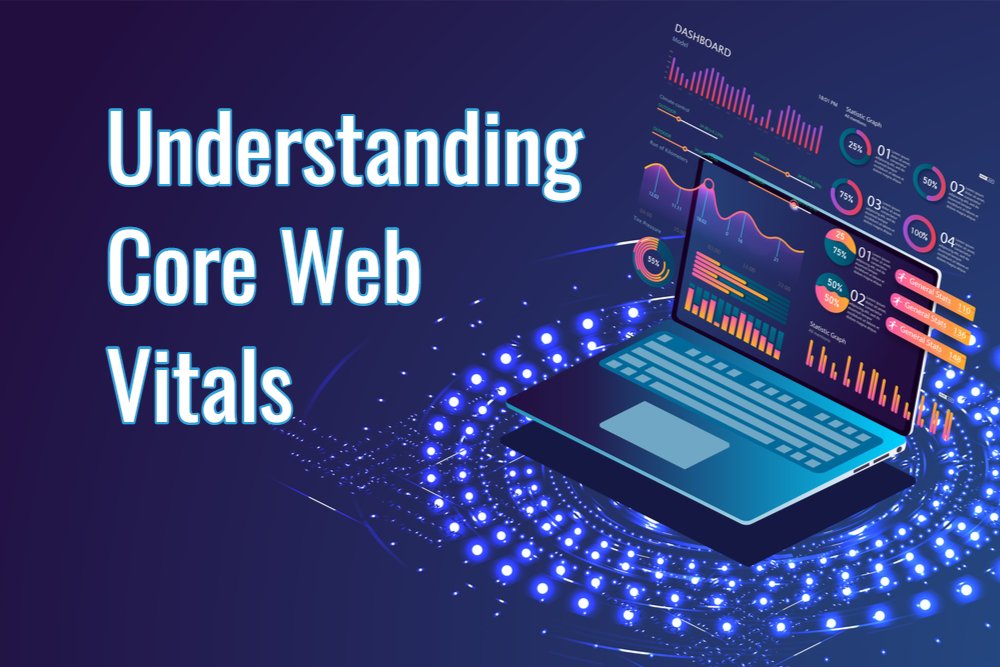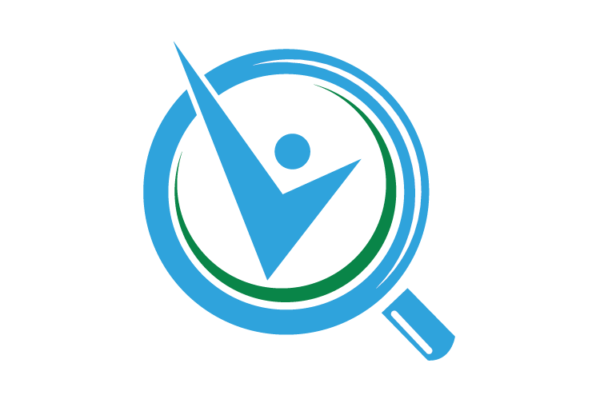This post originally appeared on tBL member Joshua Lyon’s blog Joshua Lyons Marketing Blog and is republished with permission. Find out how to syndicate your content with theBrokerList.

Google says if you want to rank well in search results, then you need to provide great content. The better your content, the more valuable it will be to the website visitors Google sends your way. But, what if you have great content, though your website takes a long time to load or is difficult to use? That leads to another factor Google talks about. They say you need to provide an excellent user experience (UX). And that’s where Core Web Vitals come in.
What Are Core Web Vitals?
There are multiple factors that have to do with UX on a website or web page. But, three of those factors have been labeled as “Core Web Vitals.” These web vitals have to do with loading, interactivity and visual stability.

1. Loading (Largest Contentful Paint / LCP)
The technical term for this Core Web Vital is “Largest Contentful Paint” (LCP). This has to do with how long it takes before a web visitor can see the majority of the content on their screen, after having clicked on a link to open the web page. Technically, some of the page may still be loading. That’s okay. How long does it take for the user to at least start being able to read and use the page? That’s the LCP.
Google recommends using Web.Dev to test your website’s Core Web Vitals. If you do this, you’ll be able to get a grade on your LCP. Here are the grade ranges:
Load Time (LCP):
-
2.5 seconds, or less = Good
-
4 seconds, or more = Bad
-
Between 2.5 and 4 seconds = Needs Improvement
How to Improve Your Load Time
The web.dev website will provide a report that tells you the specific areas of your website that need improvement. Every website will have a different set of action steps to improve the speed.
A few of the most common issues that will cause a slow load time are the following:
-
Hosting: The website hosting package you use can significantly impact your load time. Consider speaking with your hosting provider and ask them if you can upgrade to another package that will speed up the website. The cost for this can vary significantly for each hosting provider.
-
Plugins: If your website is built with WordPress, there’s a very strong chance it uses plugins. This isn’t necessarily a bad thing. However, the more plugins you use, the longer it will take your website to load. Some plugins are better than others. But, consider replacing your plugins with hard coding, as much as possible, to speed up your site.
-
Images: It’s very helpful to have images on your website. But some website owners will upload large image files, rather than first reducing their size. If you have many images that haven’t been resized for web, then simply updating this one item might result in a significant speed improvement.
2. Interactivity (First Input Delay / FID)
Interactivity has to do with how long it takes a website to actually respond to a user’s interaction. For example, let’s say you land on a page and there’s a button for you to click that’ll launch a video. How long will it take from the time you click that button, to the time the video actually starts playing? Or what about filling out a form. Let’s say you fill out all the fields in the form, and then hit submit. How long will it take for the form to actually submit?
Here’s a really good example, demonstrated by video:
Interactivity Time (FID):
-
100 milliseconds (ms), or less = Good
-
300 ms, or more = Bad
-
Between 100 and 300 ms = Needs Improvement
How to Improve Your Interactivity
Again, run a test with web.dev to identify the specific areas of improvement for your website. But again, there are some common causes that result in longer interactivity. Here are some of those examples:
JavaScript: This is a programing language that enables you to have a more dynamic and interesting website. In many cases, the more dynamic a website, the more JavaScript that’s being used. Depending on how the coding is done, this can cause delays in interaction. You’ll want to speak with your developer to improve this aspect of your website.
Third-Party Integration: Sometimes a third-party tool may take up some of your website’s bandwidth, making the interaction take longer. An example of this could include analytical software you might be using to track website performance. Another example could include listing management integrations on commercial real estate websites.

There are a number of tactics your web developer can use to clean up the JavaScript and improve the FID. Try running your website through the web.dev test and share the results with your developer. Then, ask them how long they estimate it would take to clean up the issues. They can then give you an estimate for this. The actual cost can range significantly from one website to the next.
3. Visual Stability (Cumulative Layout Shift / CLS)
Visual stability has to do with elements on the web page moving as the page loads. Imagine going to a website. You just landed on the page and you scroll down to start ready some of the text. Then, the text you’re reading suddenly shifts down. Why did this happen? It’s because another portion of the page, further up, just finished loading. When it finished loading, it appeared on the page and pushed the rest of the content on your page down… including what you were in the process of reading.
As you can imagine, and have probably experienced, it’s not easy to use a website when the content keeps shifting around.
How to Improve Your Visual Stability
This is another situation where you’ll most likely want to speak with your developer. Once they know where the visual shift is taking place, they’ll be able to adjust the coding.
There are multiple ways they could resolve the shifting issue. But, one method is to make it so each section of the page as a predefined amount of space allocated to it. For example, if you know section one of the website will need 500 pixels of height, but that it’ll take a few seconds to load, then make a block of space that equals 500 pixels. That way, the content below won’t need to shift. And when section one finishes loading, it will use all the space it needs. Essentially, create a placeholder spot on the page, where you know the delayed section will ultimate be displayed.
Why Core Web Vitals Should Matter to You
There are two big reasons you should care about the Core Web Vitals on your website.
1. In impacts your users’ experience. Ultimately, if you have a website, you want it to provide value to your audience. The easier it is for them to use, the more likely they will be to stay on your website and get the most out of it. If elements are shifting on them, and it takes a long time to load, there’s a strong probability they will leave and go to your competitors. So, by providing them a quality user experience, you increase the odds of your audience doing what you want them to do.
2. It impacts your rankings on Google. What’s the point in having a website if people can’t find it? Naturally, there are more ways than just Google to attract website traffic. But, ranking well on Google can result in a significant boost to your website traffic. And because Core Web Vitals impact SEO performance, it makes a lot of sense that you should care about resolving any of the issues listed above, as much as possible.



